3D printers revolutionized the manufacturing and design industries, enabling almost anyone to bring their ideas to life and iterate over designs quickly. Unfortunately, this flood of creativity also resulted in a surge in the use of plastic, specifically the thermoplastics used as filaments for fused deposit modeling or FDM 3D printers. Even the more sustainable PLA type of filament is only biodegradable under very specific conditions, so there is a dire need for more eco-friendly but accessible alternatives. This particular idea tries to harness and reuse the equally growing volume of food waste that we throw away, particularly fruit seeds that really serve no other purpose unless they’re planted again.
Designer: Nawa Tek
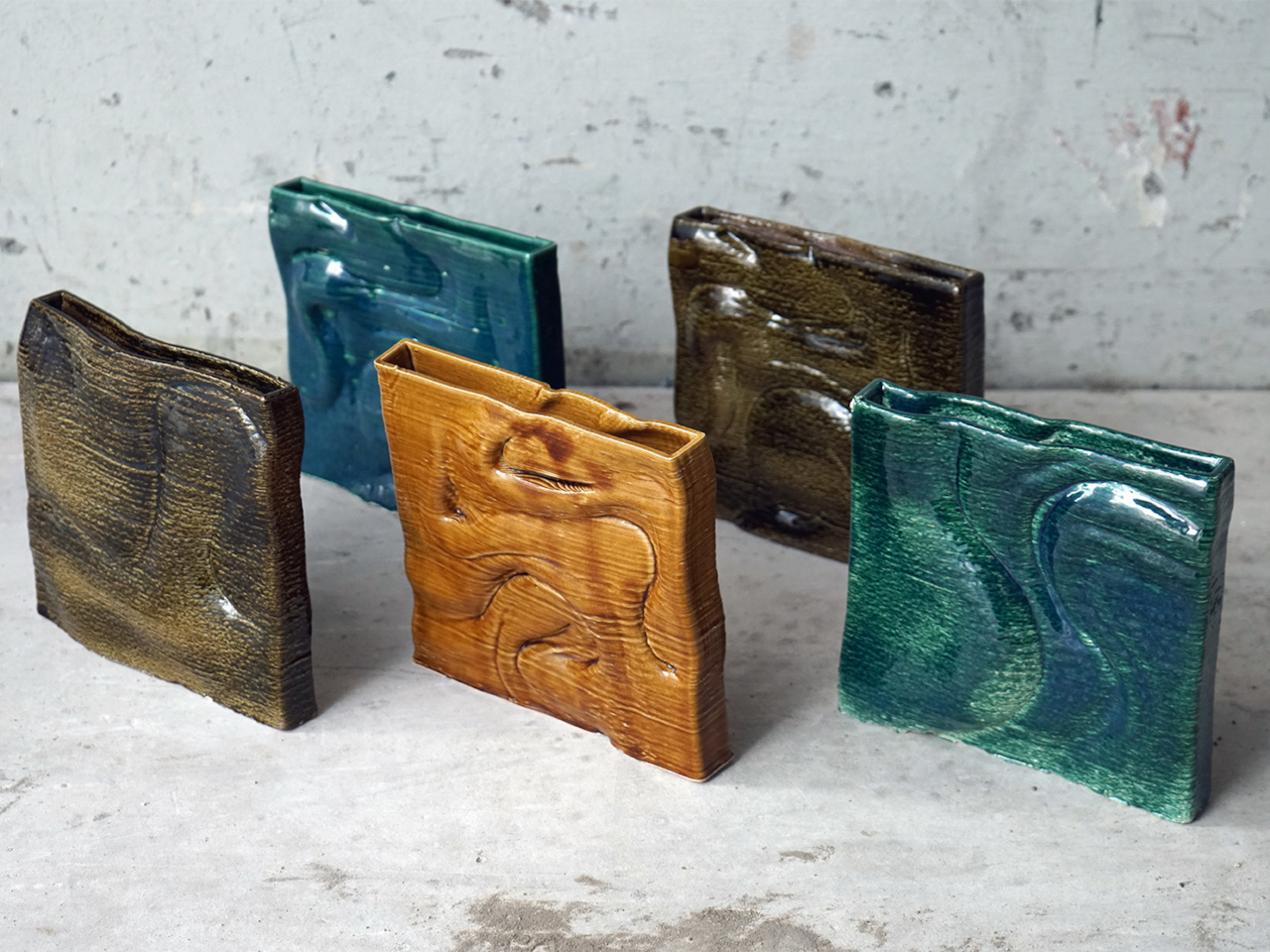
Dates are a very popular fruit, especially in Middle Eastern countries like Oman that produce and process tonnes of the fruit yearly. But like many fruits, only the flesh of dates is consumed, and the seeds or pits are simply discarded. These are biodegradable, of course, but they only decompose after a certain period of time, resulting in tonnes of garbage taking up space and potentially polluting waters as well. You can also plant some of the seeds but not all can be used this way.
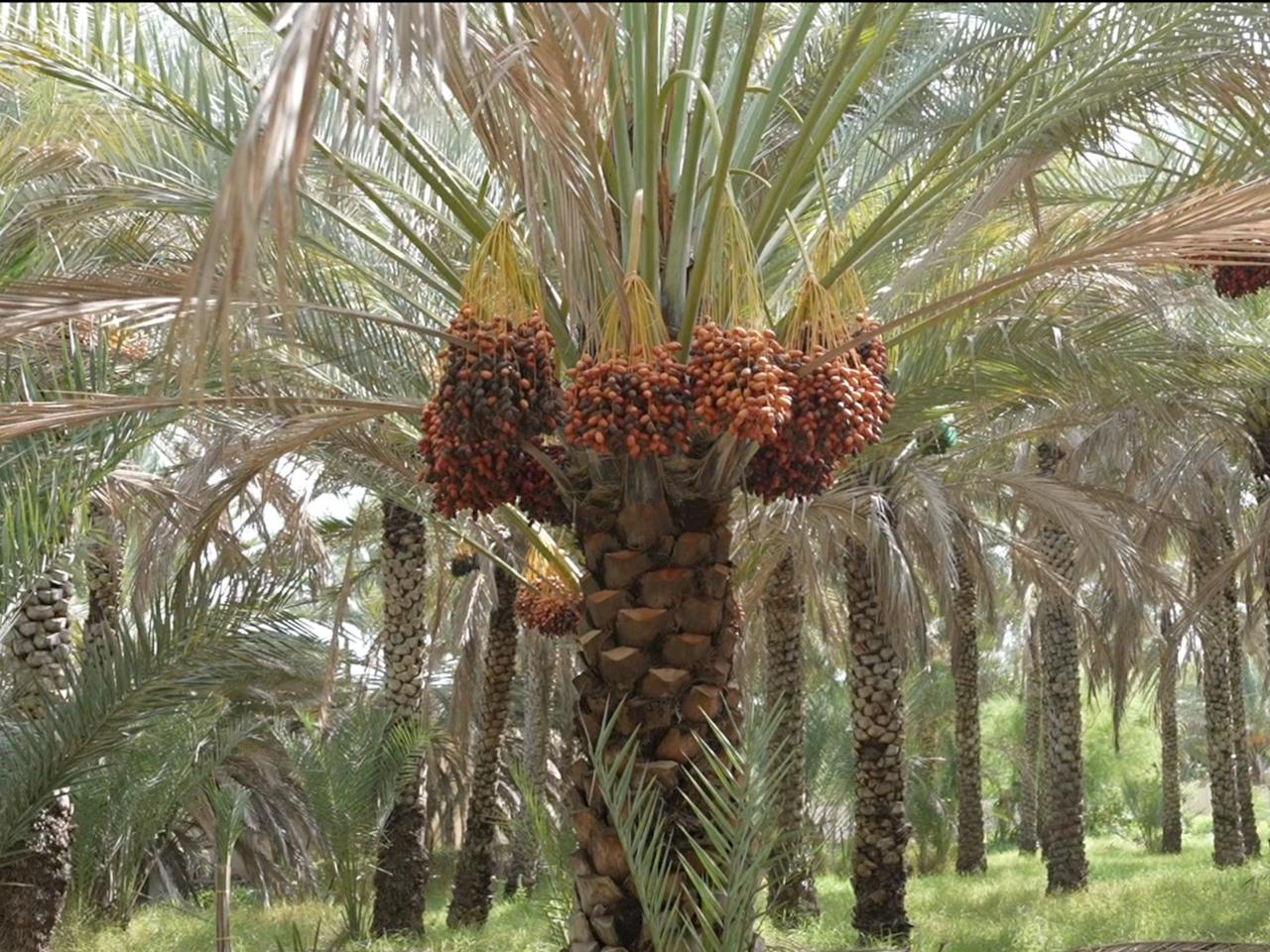
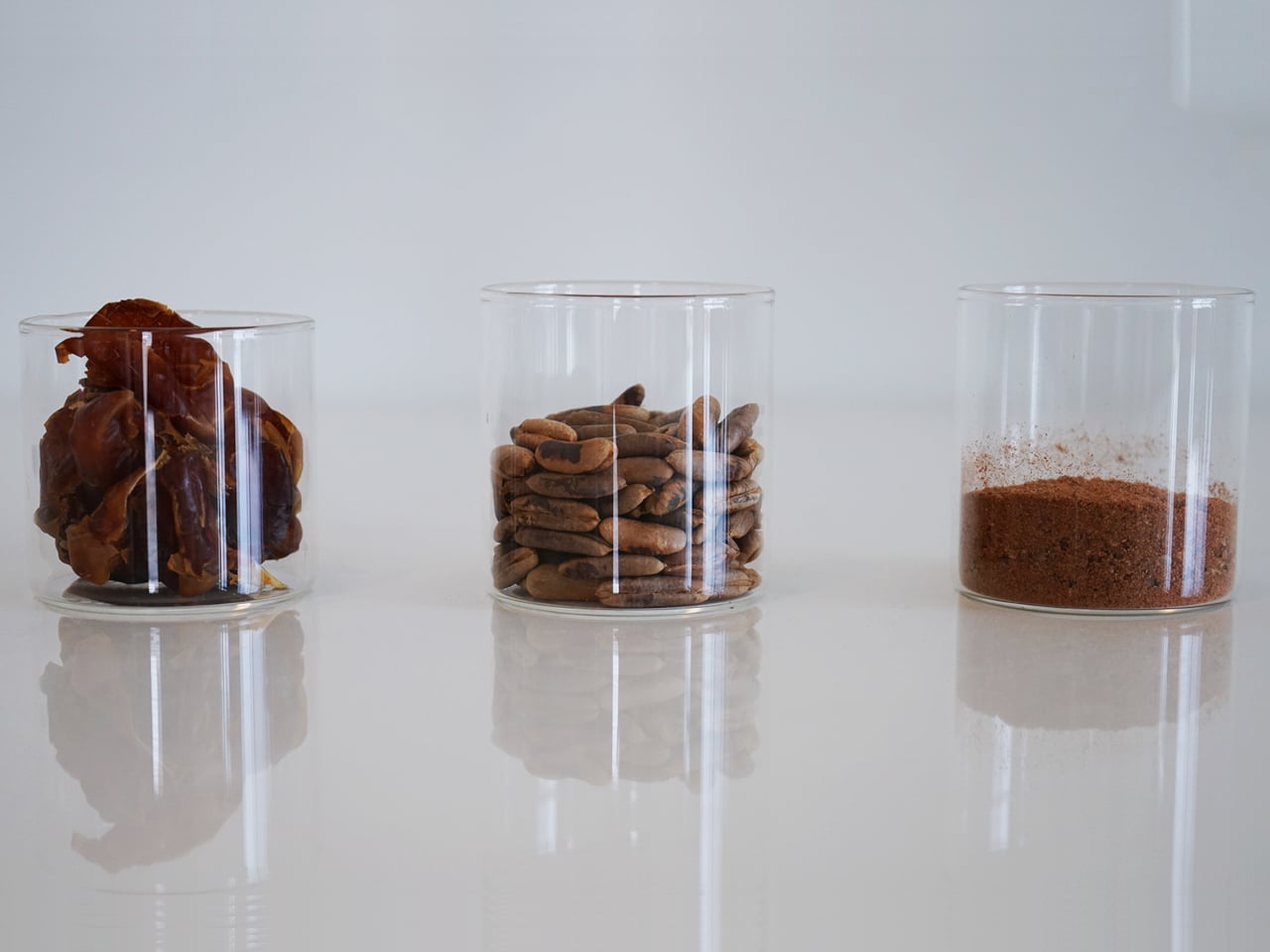
Playing on the word for date pits and “repeat,” RePit is an emerging technology that puts these previously unusable food waste to better use. Rather than simply reusing the pits as they are, which could bring other complications like longevity and durability, the seeds instead becoming the foundations for a completely new material, one that can be woven into 3D printed products. In other words, what would have become garbage is ultimately transformed into art object, machine parts, and more.
In a nutshell, crushed date pits are mixed with limestone and clay to create a water-resistant composite material that is not unlike traditional Iranian “sarooj” that’s used for building houses. The composite is then transformed into filaments compatible with FDM 3D printers to create any shape imaginable, at least in theory. For a demonstration, decorative tiles were 3D printed and then fired and glazed to give them a ceramic-like appearance.
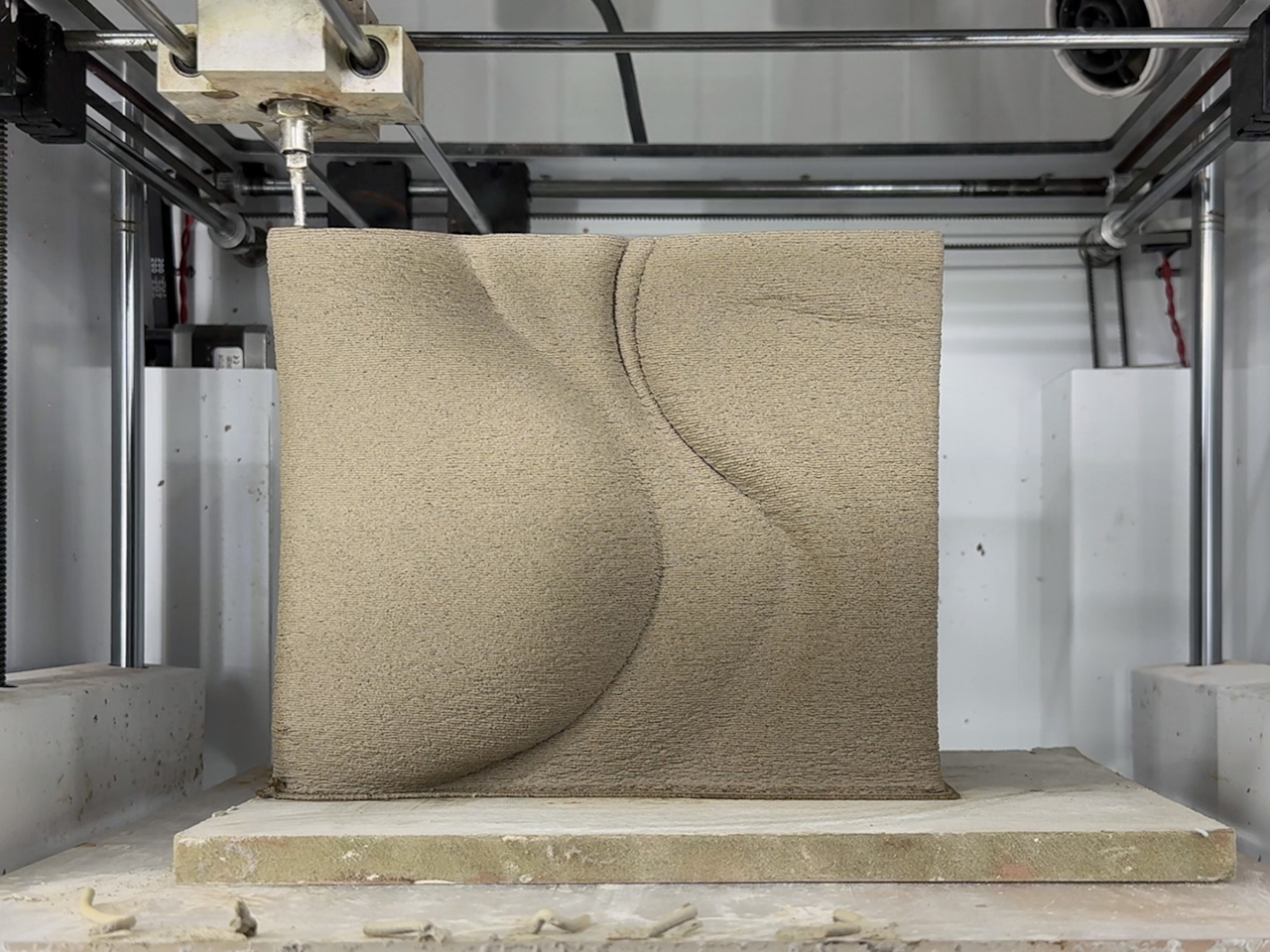
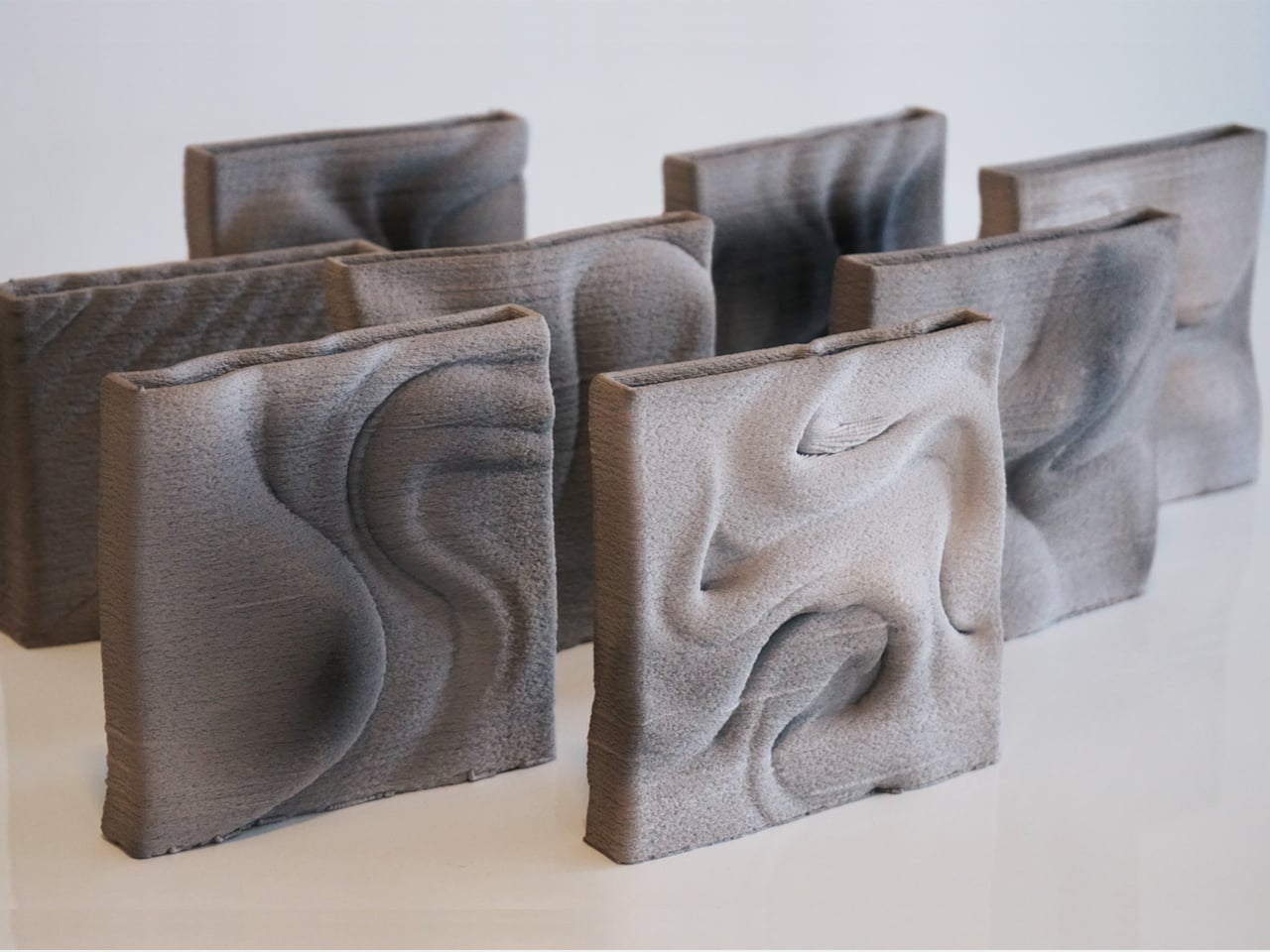
RePit is still a work in progress and it’s one of the growing number of sustainable 3D printing filaments being researched and developed today. The 3D printing industry has already expanded to support materials like metal, wood, and even chocolate, so it’s only proper that a more environment-friendly and long-lasting option is also developed, preferably one that embraces a circular economy that also reduces the waste we heap on landfills.
The post Leftover date seeds become 3D printer filaments to enable sustainable creations first appeared on Yanko Design.
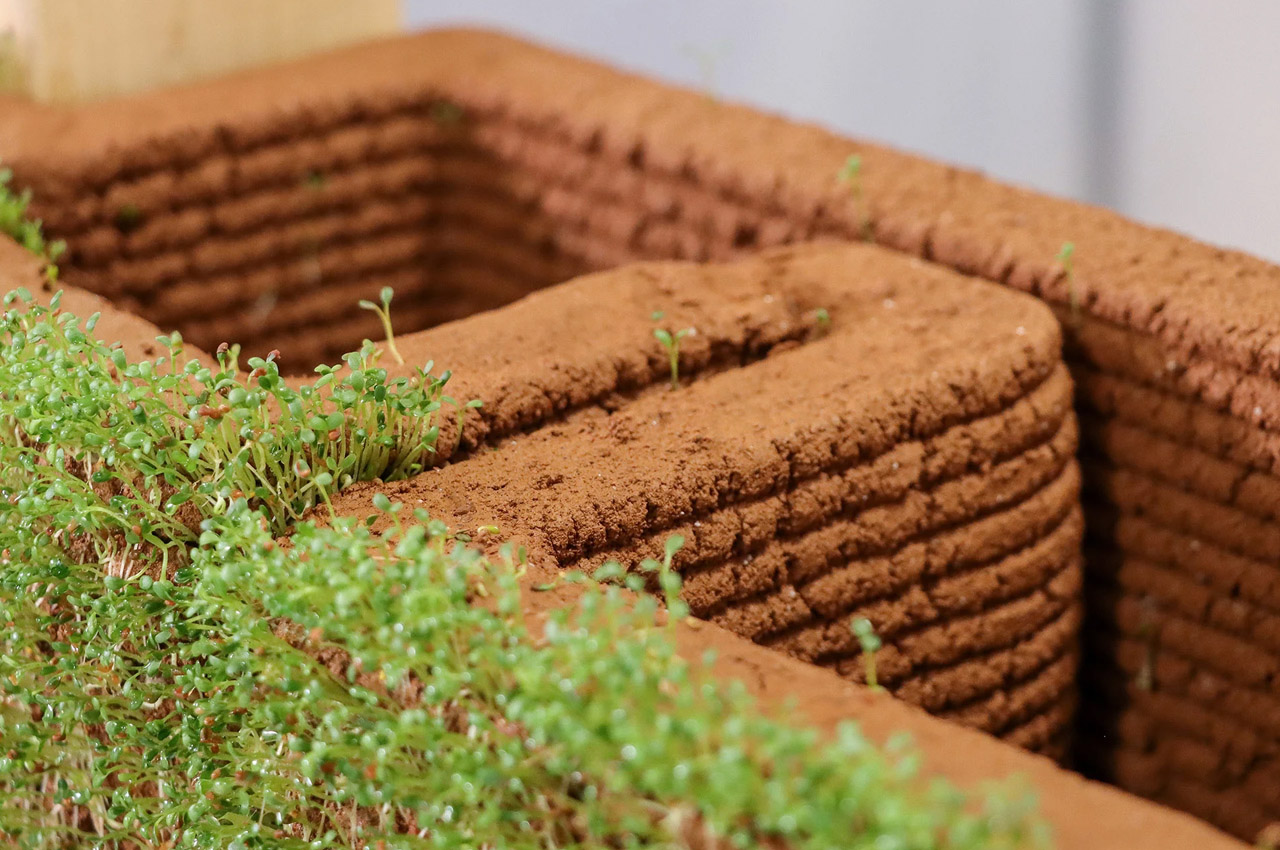
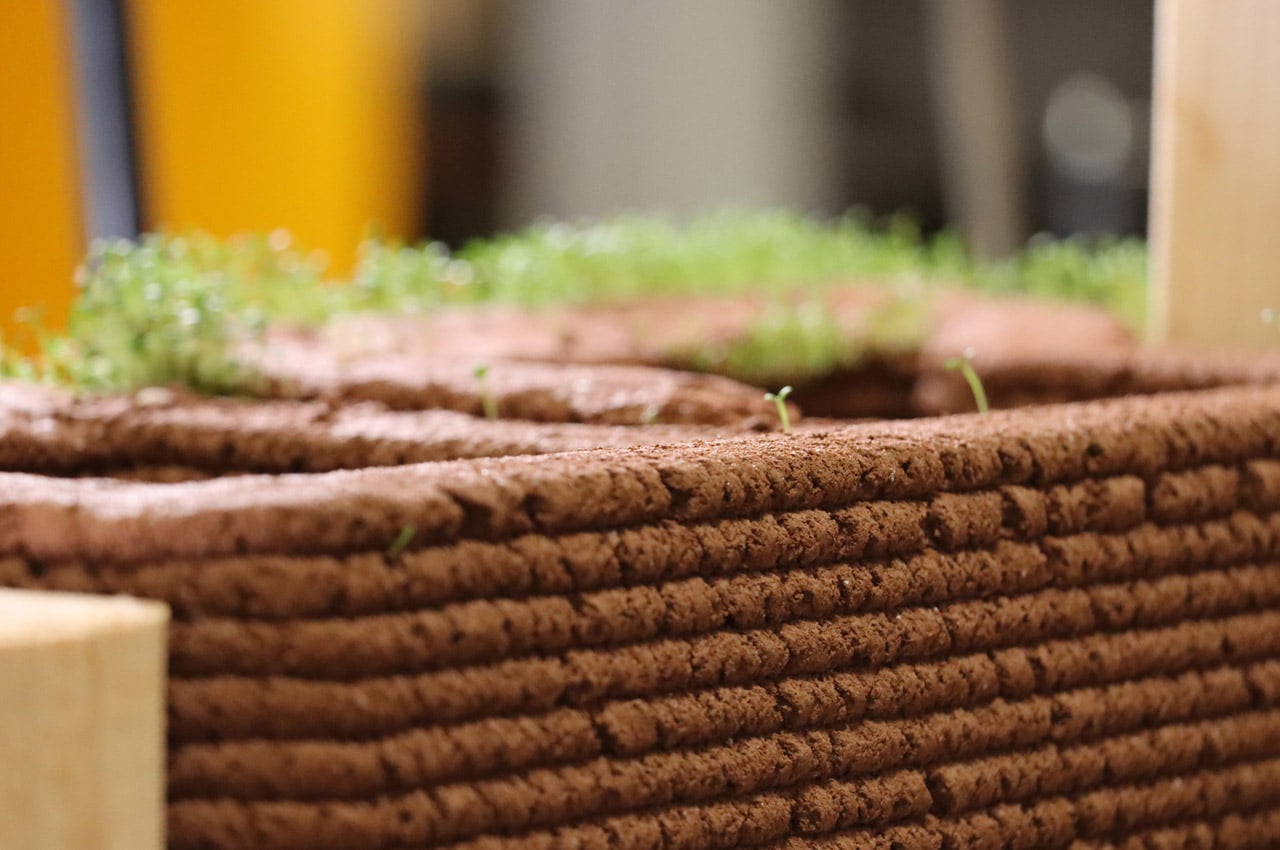
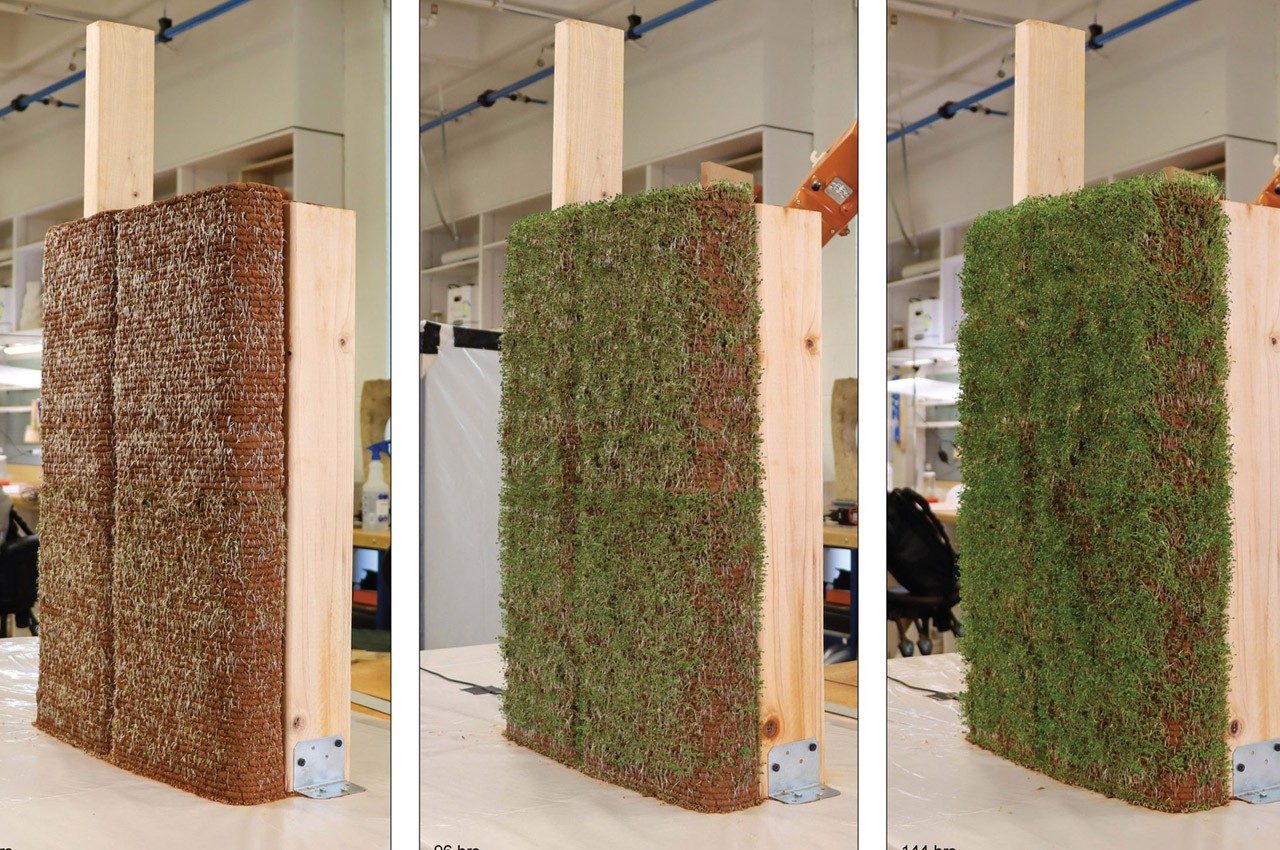
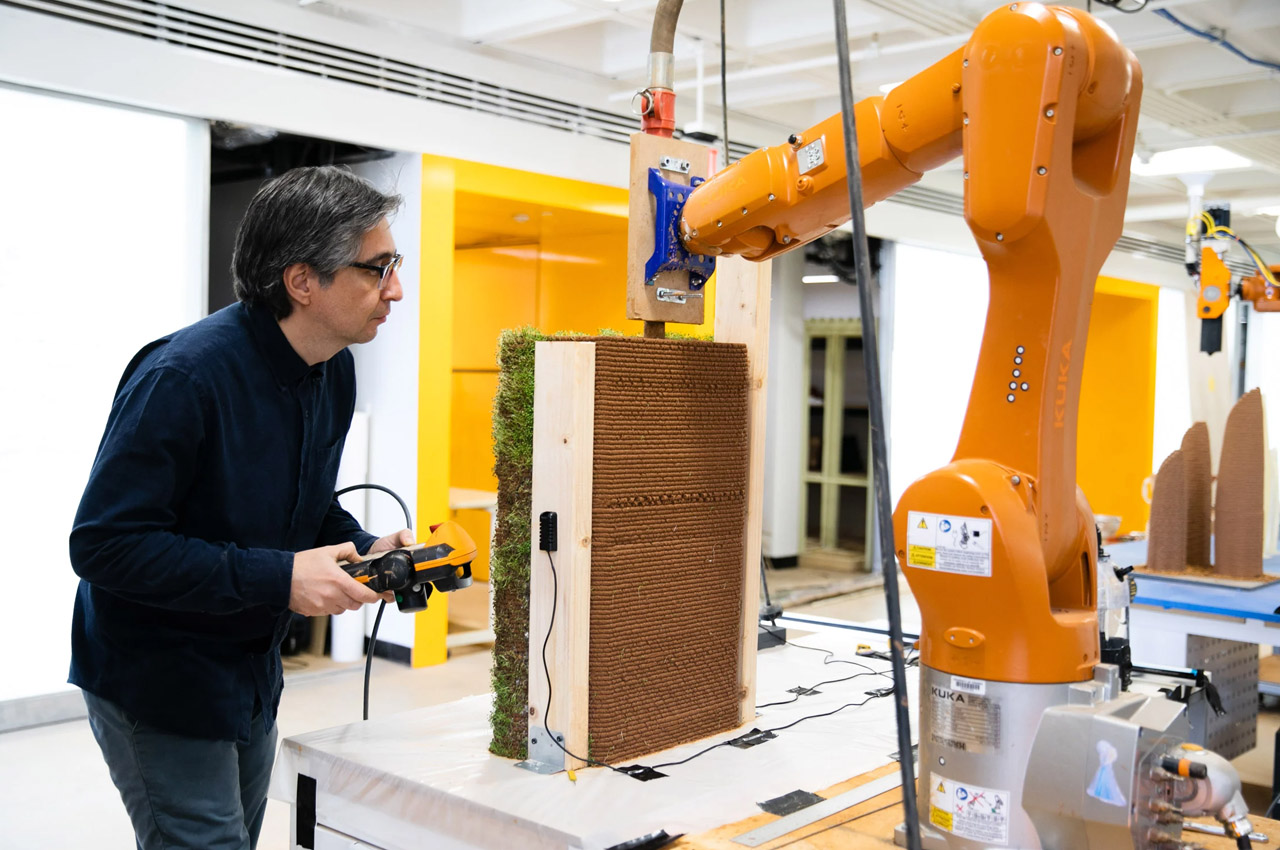
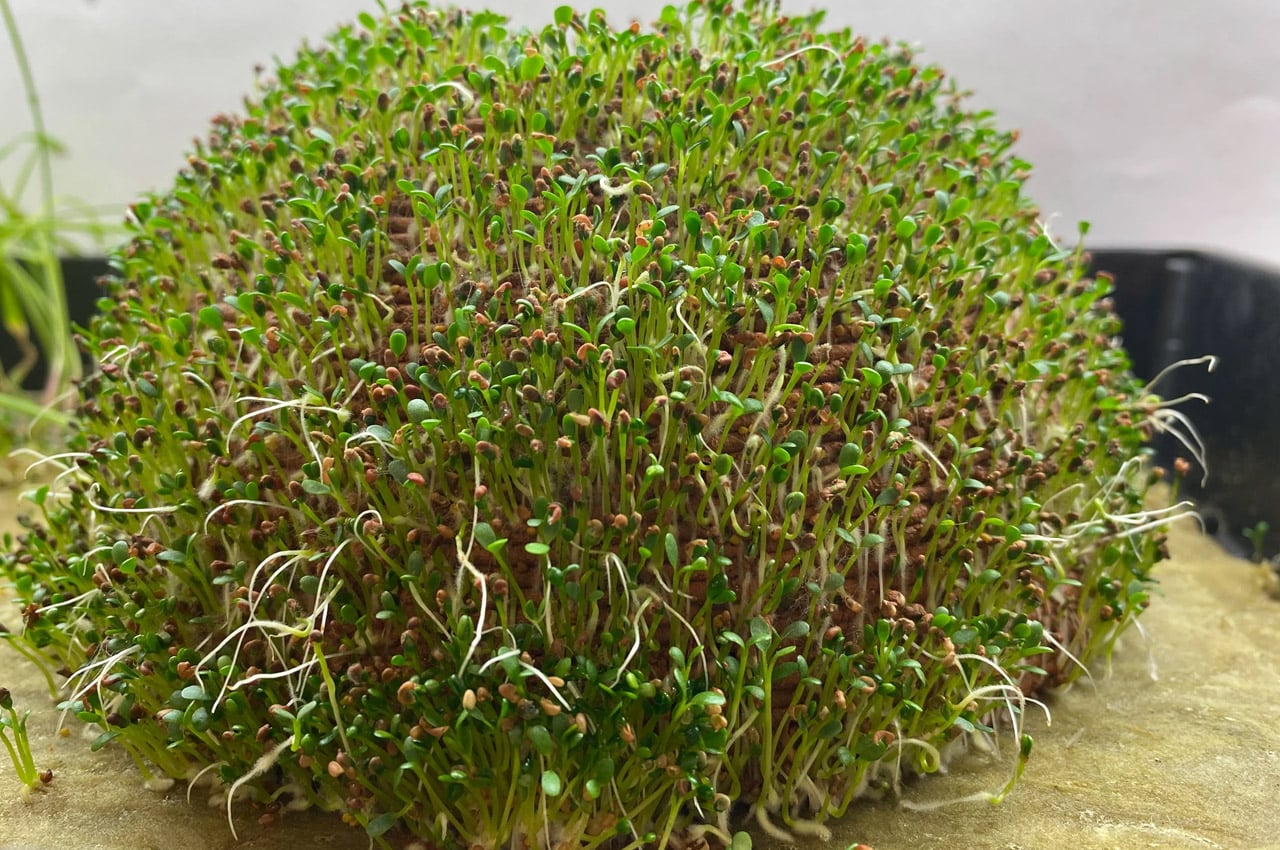
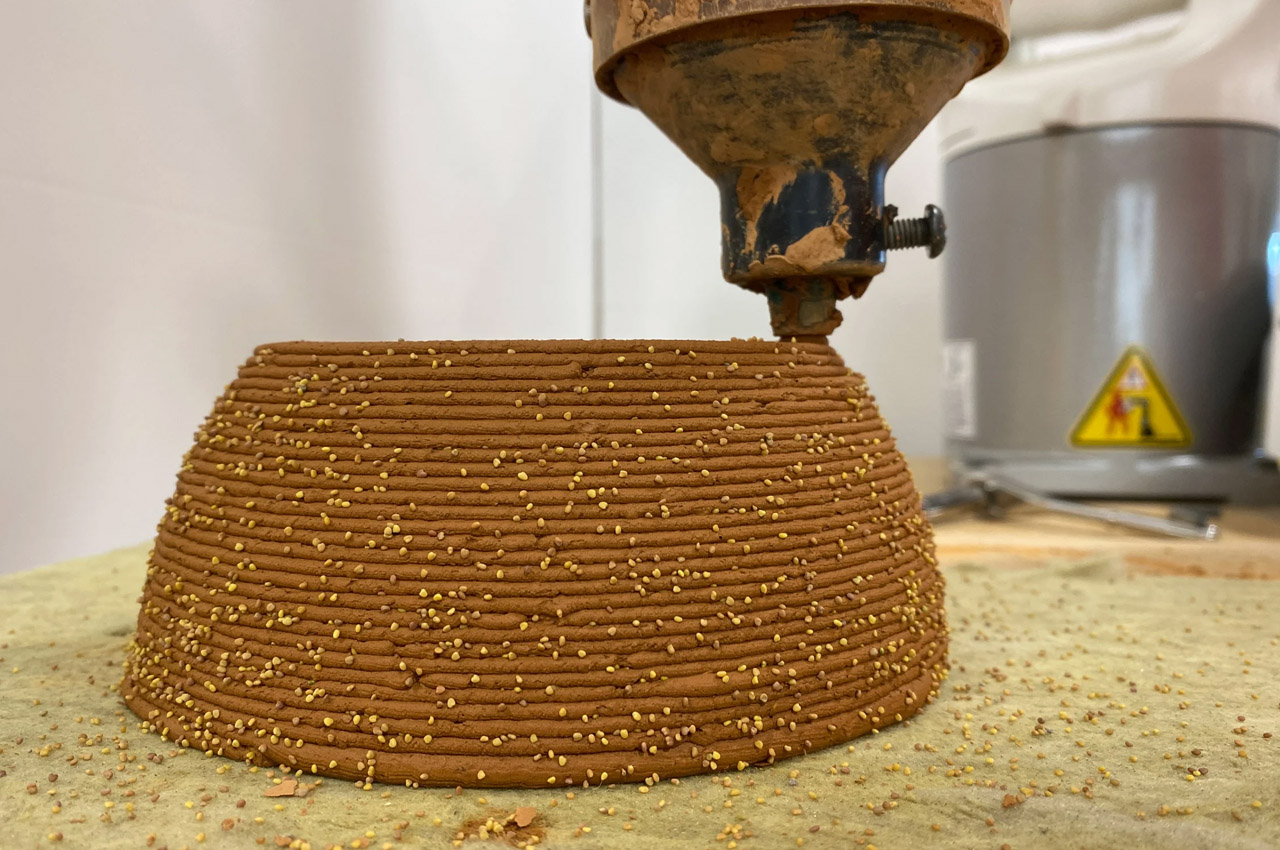
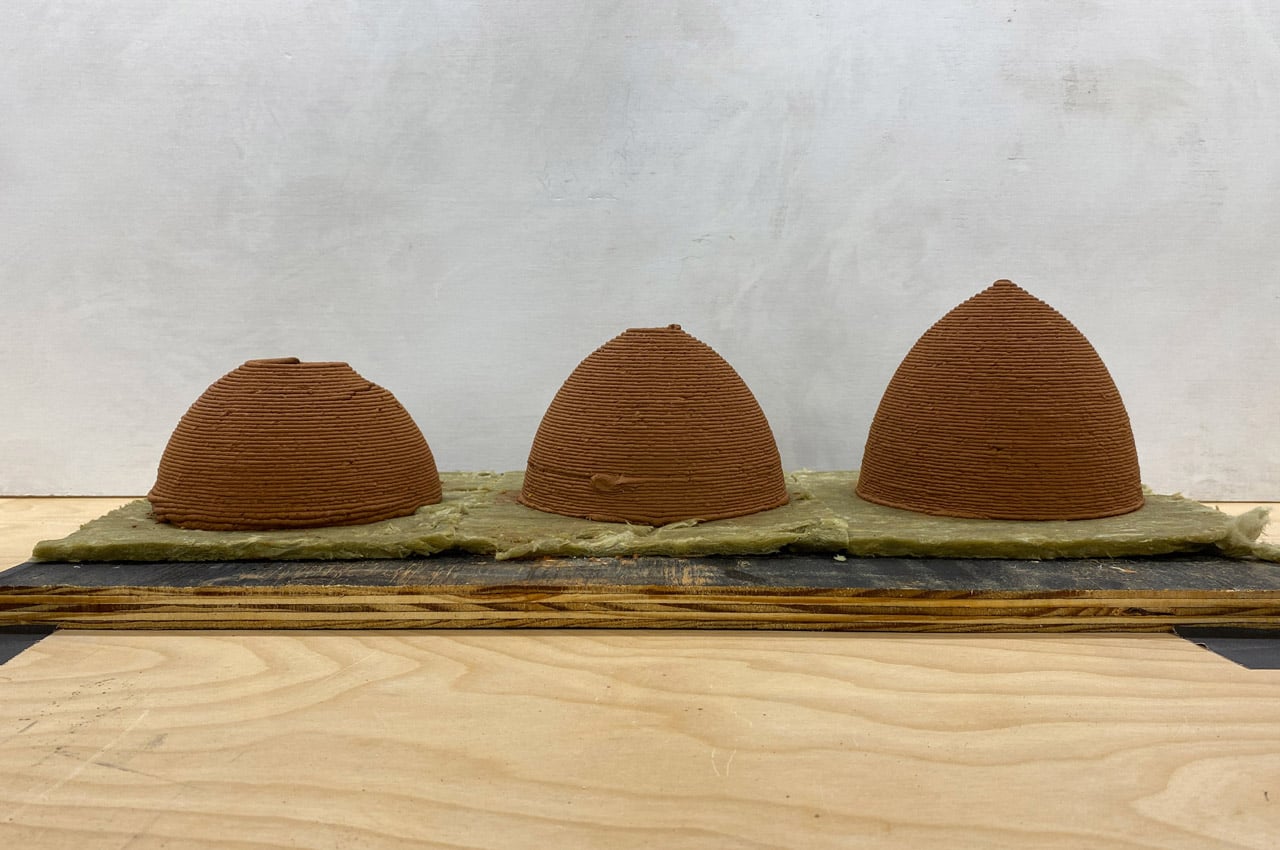
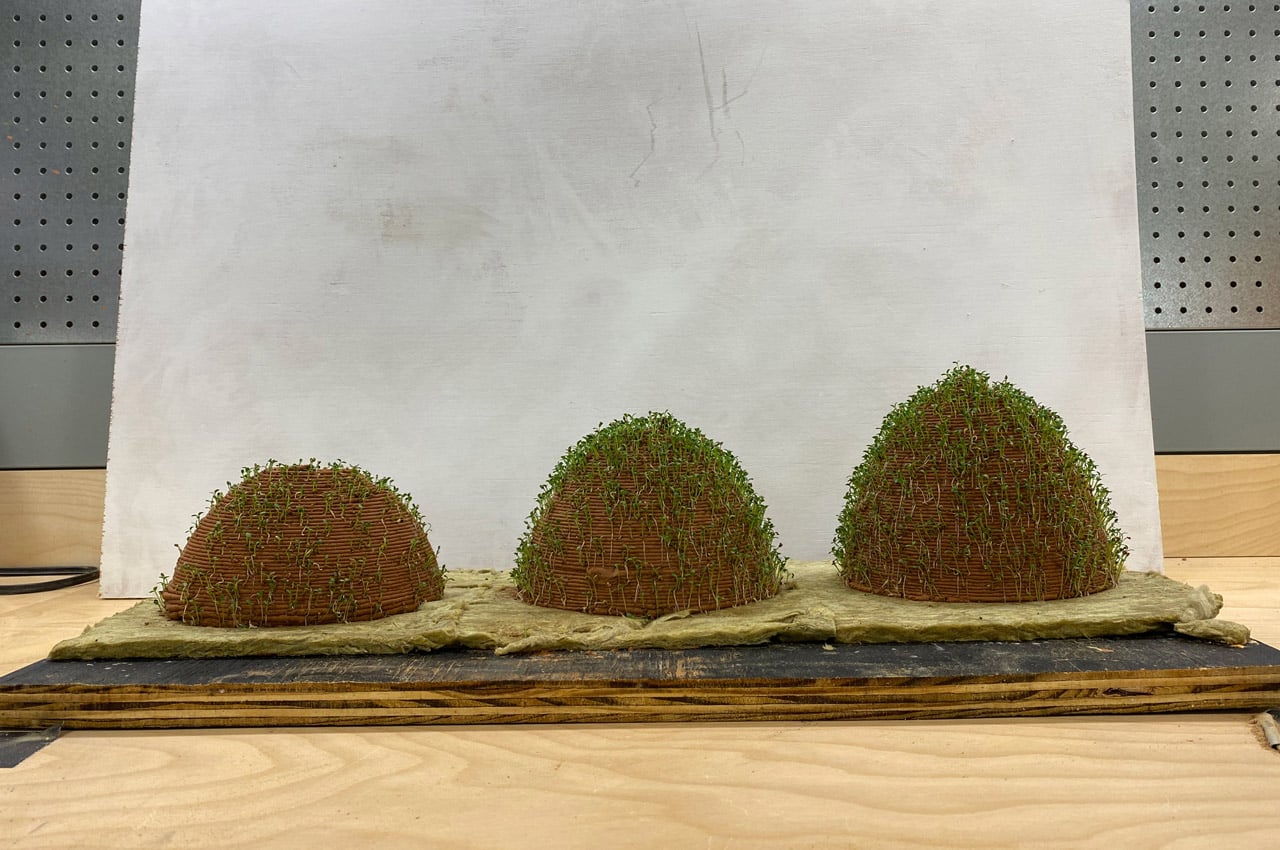


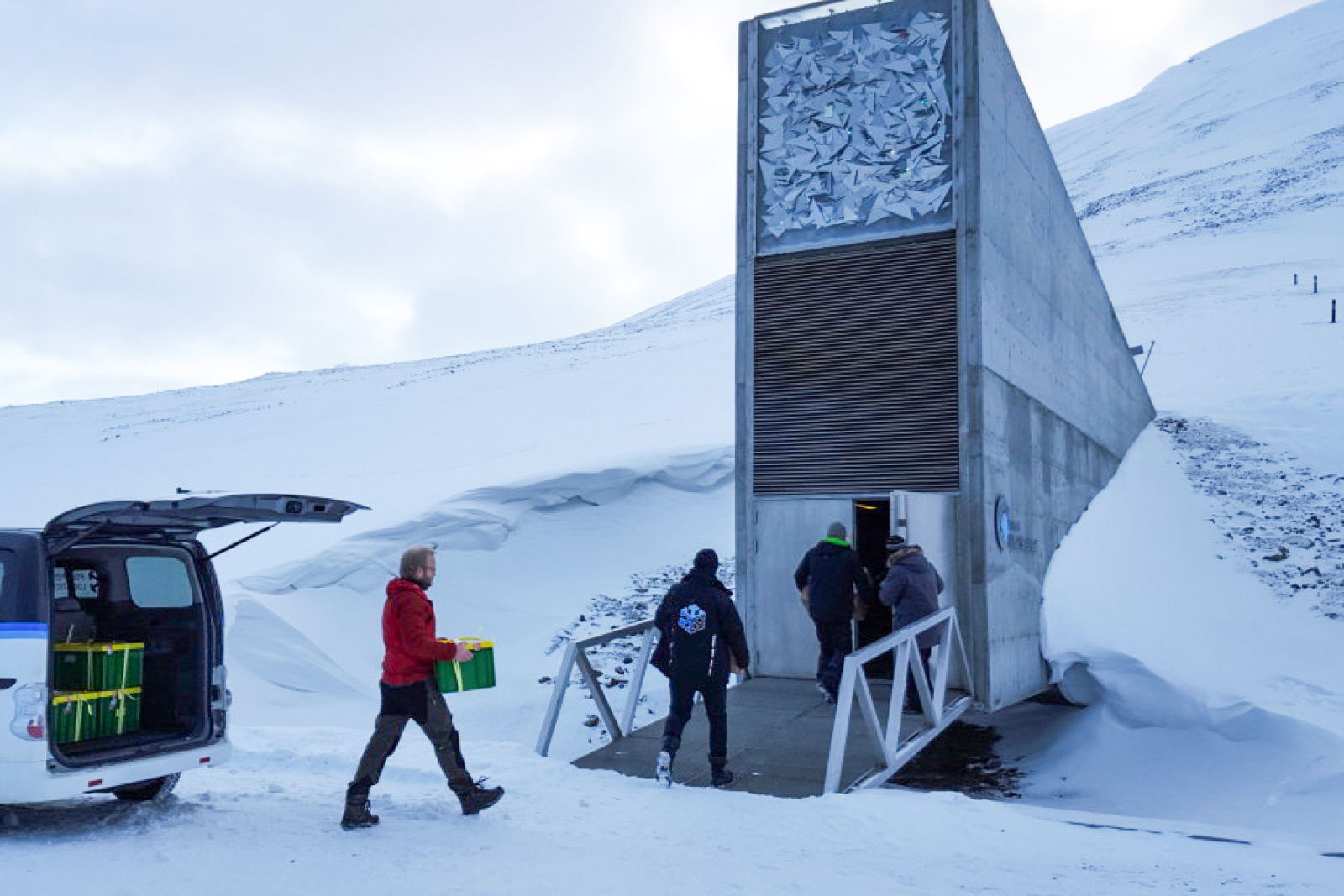 In light of President Donald Trump's rise to power, some people are seriously worried about the planet's health. Count The Bulletin of the Atomic Scientists among that group, since they recently pushed the Doomsday Clock to two and half minutes to mi...
In light of President Donald Trump's rise to power, some people are seriously worried about the planet's health. Count The Bulletin of the Atomic Scientists among that group, since they recently pushed the Doomsday Clock to two and half minutes to mi...

